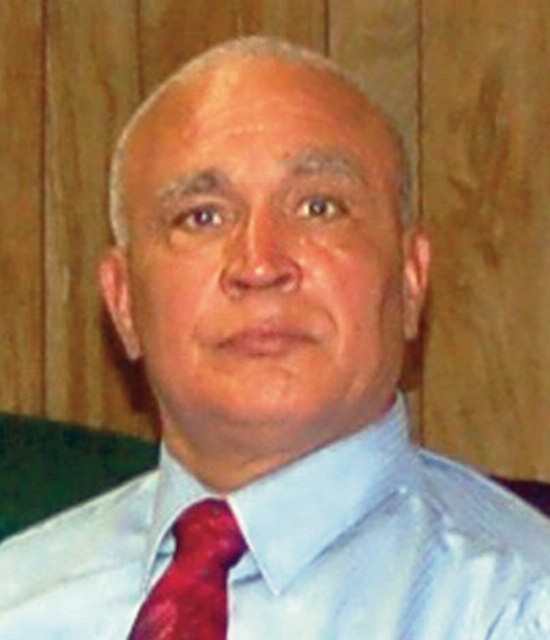R’wood Gets City’s Largest Landmark Dist.
Four years of waiting ended for preservationists and civic activists in Ridgewood on Tuesday morning, Dec. 9, when the Landmarks Preservation Commission (LPC) approved the Central Ridgewood Historic District, preserving more than 900 homes in the neighborhood.

Originally proposed in 2010, the new district is the fourth such area in Ridgewood and the largest of its kind in New York City. It covers nearly one-third of the 2,982 Ridgewood buildings on the State and National Registers of Historic Places and includes many one- and two-family rowhouses constructed in the early 1900s.
“The buildings in this district were a significant upgrade from earlier tenements and served as a model for affordable housing at a time when New York City’s population was growing rapidly,” LPC Chairperson Meenakshi Srinivasan said in a statement released Tuesday afternoon. “Most remarkably, most of these lively buildings remain unchanged since their completion over 100 years ago.”
The district plan has only one more hurdle to clear: the City Council, where it is expected to pass in the weeks ahead.
“Preserving historically significant neighborhoods is important for today’s New Yorkers, and for future generations, to understand their cultural heritage,” added City Council Member Elizabeth Crowley; about 90 percent of the landmark district lies within her jurisdiction. “I am thrilled that this historic designation is moving forward and want to thank the Landmarks Preservation Commission for their hard work in making this possible.”
“We are now at the halfway point of New York City landmarks designation” in Ridgewood, added Paul Kerzner of the Ridgewood Property Owners and Civic Association, which has long advocated for landmarking all Ridgewood buildings on the state and national historic registers.
Combined with the new Central Ridgewood Historic District, more than 1,100 buildings in the neighborhood have landmark status.
Kerzner told the Times Newsweekly on Tuesday that Srinivasan would be invited to the next RPOCA meeting in February to explain the impacts of landmarking on Ridgewood homeowners living in the districts. The civic group and the LPC held a public meeting regarding the Central Ridgewood district last month at the Peter Cardella Senior Center.
Landmark status primarily affects the exterior of buildings in the district. Property owners who plan to make exterior improvements after the status is enacted must apply for an LPC permit and have their plans approved by the commission; those who fail to comply with the regulations would be given a grace period to correct the violations before fines are levied.
The Central Ridgewood Historic District comprises over 40 blocks and is generally bounded by Madison Street on the north, 71st Avenue on the south, Fresh Pond Road on the east and Forest Avenue on the west. It also includes a cluster of homes generally bounded by Catalpa, 70th, Forest and Onderdonk avenues.
Known for their curved bay windows, uninterrupted cornices and brown, red or amber brickwork, the rowhouses in the district were designed by the architectural firm Louis Berger and Company and developed by August Bauer and Paul Stier in the early decades of the 20th century.
Next to Gustave Mathews— builder of apartment houses in Ridgewood that have landmark status themselves—Stier was arguably the neighborhood’s most prolific builder, constructing over 2,000 dwellings between 1895 and 1930. The dead-end Stier Place off of Putnam Avenue, adjacent to the Ridgewood Democratic Club, is named in his honor.
The other three landmark districts in Ridgewood are the Stockholm Street Historic District, a Belgian block-lined segment of Stockholm Street between Woodward and Onderdonk avenues; the Ridgewood North Historic District, which covers 90 “Mathews flats” apartment houses in an area generally bounded by Forest and Fairview avenues between Gates Avenue and Woodbine Street; and the Ridgewood South Historic District, which has 212 Mathews flats apartment houses in an area bounded by Woodbine Street, Catalpa Avenue, Woodward Avenue and Onderdonk Avenue.


































